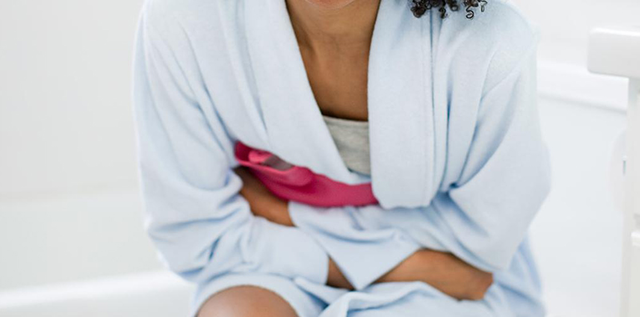
20:51 9th February 2016 | Menstrual Cramps
Endometriosis Uterine Lining Cervix Vagina Fallopian Tubes Blood Shed Menstrual Cramps Chronic Pelvic Pain Painful Intercourse Pelvic Surgery Ovarian Cyst Infertility Patients Fertility Problems Pelvic Examination Laparoscopy IVF FET
Endometriosis is a common condition that affects women during their reproductive years. It occurs when tissue similar to the uterine lining (endometrium) attaches to organs in the pelvis and begins to grow. This displaced endometrial tissue causes irritation in the pelvis which may lead to pain and infertility.
Experts do not know why some women develop endometriosis, although there are indications of a correlation between endometriosis and poor clearance of the uterine lining. During each menstrual period, most of the uterine lining and blood are shed through the cervix into the vagina. However, some of this tissue enters the pelvis through the fallopian tubes and it is suspected that women who develop endometriosis may be those who are unable to clear their pelvis of all the uterine lining and blood shed during menstrual periods.
Up to ten percent of all women may have endometriosis, many of whom have few or no symptoms. Some women experience severe menstrual cramps, chronic pelvic pain or painful intercourse. In others, infertility may be the only symptom of endometriosis which is often diagnosed when a woman has a pelvic surgery because of a persistent ovarian cyst or another reason.
Endometriosis can affect women who have had children as well as teenagers and young women, although some specialists feel that endometriosis is more likely to be found in women who have never been pregnant. There is a large body of evidence that demonstrates an association between endometriosis and infertility. Endometriosis can be found in up to fifty percent of infertile women.
Infertility patients with untreated mild endometriosis conceive on their own at a rate of two to four and half percent per month, compared to a fifteen to twenty percent monthly fertility rate in normal couples. Infertility patients with moderate and severe endometriosis have monthly pregnancy rates of less than two percent. Even though endometriosis is associated strongly with infertility, not all women who have endometriosis are infertile.
Endometriosis cannot be diagnosed by symptoms alone. Your physician may suspect endometriosis if you are having fertility problems, severe menstrual cramps, pain during intercourse or chronic pelvic pain. It also may be suspected when there is a persistent ovarian cyst. Accurate diagnosis can be achieved with a pelvic examination or by a surgical procedure called laparoscopy. In this procedure, a thin camera called a laparoscope is inserted into the abdomen through a small incision near the navel. The laparoscope allows the surgeon to see the surface of the uterus, fallopian tubes, ovaries, and other pelvic organs.
Couples diagnosed with endometriosis have high success rates with In vitro fertilisation (IVF) and frozen embryo transfer (FET). Success rates vary depending on a woman’s age but IVF and FET are the most effective treatments for moderate or severe endometriosis, particularly if surgery fails to restore fertility
Search by condition, treatment or keyword and conveniently browse our informative articles
Book an appointment online or search for a clinic close to you.
Book an Appointment